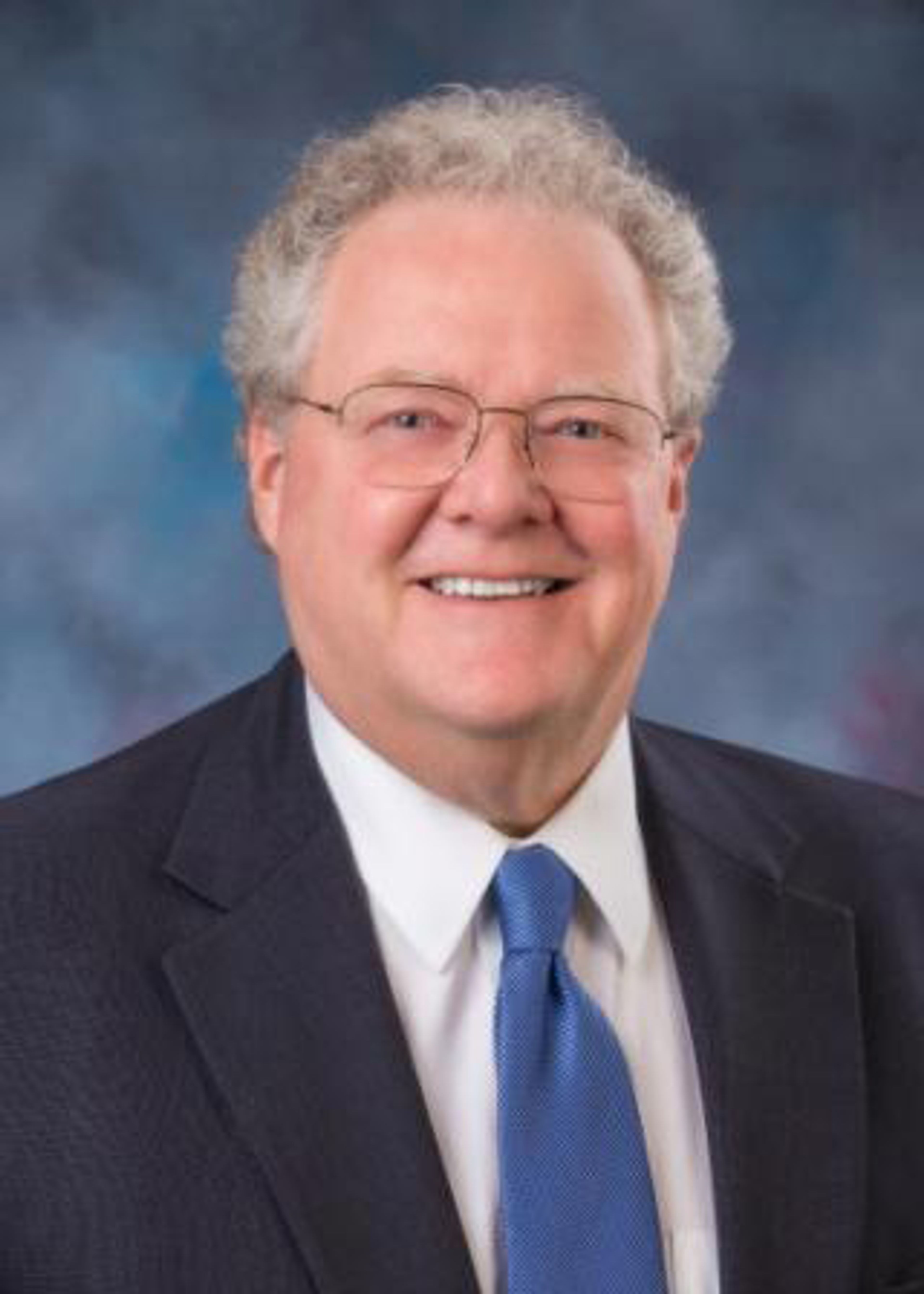OPINION: We need some transparency in river systems lawsuit
President Joe Biden plans to “bring transparency and truth back to the government to share the truth, even when it’s hard to hear,” said Jen Psaki, White House press secretary, Jan. 20, 2021.
— Source, Reuters News Agency
Well, it was a nice thought anyway.
In the latest chapter of the ongoing lawsuit, “National Wildlife Federation v. National Marine Fisheries Service,” concerning the recovery of salmon and steelhead in the Columbia and Snake rivers systems, U.S. District Court judge Michael Simon has been asked once again to issue a stay in the proceedings to allow the plaintiffs and agencies in the lawsuit another 60 days to come up with a plan that is suitable to them.
The plaintiffs in this case are the state of Oregon and a coalition of conservation groups that includes American Rivers, Idaho Rivers United, Institute for Fisheries Resources, NW Energy Coalition, Northwest Sportfishing Industry Association, Pacific Coast Federation of Fishermen’s Associations, Sierra Club, National Wildlife Federation, Columbia Riverkeeper, Idaho Conservation League and Fly Fishers International. They are represented by Earthjustice, which describes itself as “the premier nonprofit environmental law organization.” The Nez Perce Tribe is also involved as an amicus party aligned with Oregon and the fishing and conservation groups.
The defendants are the Biden administration agencies that include the Army Corps of Engineers, Bureau of Reclamation, Bonneville Power Administration, U.S. Fish and Wildlife Service and the National Marine Fisheries Service.
Right now, as they have for the past two years, these parties are meeting behind closed doors and attempting to resolve this issue. The question is: Why aren’t these negotiations taking place in the light of day?
You have public agencies being sued by private entities concerning public infrastructure and public waters. Are the ingredients of this judicial sausage-making so unpalatable that they can’t be shown to the public and all other interested parties until the final fait accompli is presented? Why are the negotiations closed? That certainly doesn’t look like transparency and truth in government now, does it?
Every one of the plaintiffs in this negotiation and the Biden administration want the lower Snake River dams breached. That is the silver bullet that is going to save the salmon and steelhead runs, and bring peace and prosperity to our region through increased recreational and subsistence fishing. Noted cetacean biologist, Washington state Gov. Jay Inslee, is thoroughly convinced that breaching the dams is the only way to save the southern resident killer whale population in the Salish Sea.
But is all the peer-reviewed science being looked at in these negotiations? Well, since they aren’t public, we don’t know, do we?
In an open Scientific Reports published online Nov. 20, 2017, and available at nature.com/scientificreports, titled: “Competing tradeoffs between increasing marine mammal predation and fisheries harvest of Chinook salmon,” authored by Brandon E. Chasco and 13 others, all of whom are qualified anadromous fisheries biologists and researchers, the following observations are found:
By examining spatial and temporal changes in consumption of chinook salmon in the northeast Pacific, evidence suggests that salmon consumption by marine mammals has more than compensated for reductions in fisheries harvest from 1975-2015, which has implications for recovery of both endangered salmon and endangered killer whales.
Total chinook salmon smolt production on the West Coast increased from the 1970s to the 1990s and has been relatively constant over the subsequent two decades.
Since the mid-1980s, a decline in hatchery production has been offset by an increase in smolt production from some wild stocks, such as in the Columbia River.
In the model used, the estimated increase in predation was directly related to increasing predator abundance. Killer whales increased from 292 to 644 individual resident killer whales, harbor seals increased from 210,000 to 355,000, California sea lions increased from 5,900 to 47,000 and Steller sea lions increased from 74,400 to 78,500.
Pinniped consumption of juvenile chinook salmon was a substantial component of predation mortality coastwide, but particularly in the Salish Sea. Of the estimated 27.4 million chinook salmon consumed coastwide by harbor seals in 2015, 23.2 million were smolts consumed in the Salish Sea.
Increased consumption demand of growing marine mammal populations in the northeast Pacific could be masking the success of coastwide salmon recovery efforts. For example, long-term reductions in the salmon available for commercial and recreational fisheries may not reflect lower abundance of salmon, but rather a reallocation from human harvest to marine mammal consumption.
Because many populations of chinook salmon in the northeast Pacific are of conservation concern, substantial resources have been invested to improve salmon passage through hydropower dams, restore salmon habitat, reduce fishing and otherwise improve conditions in rivers and streams to improve productivity. Collectively, these recovery efforts may have increased chinook salmon survival or recovery, but these increases in salmon populations may be offset by salmon consumption by more rapidly increasing populations of marine mammals and other predators.
Predator control, whether it be marine mammals or terns, is very controversial and most parties like to avoid it by ignoring it. Inslee has certainly never mentioned pinniped control in the Puget Sound in any of his programs to increase the southern resident killer whale population. And we certainly don’t know what is going on behind the closed doors of the negotiations between the Biden administration and the Earthjustice law firm even though their solution will have severe consequences for the lives and livelihoods of people and communities up and down the rivers.
The lower Snake River dams aren’t coming out without congressional authorization and that is going to take several more years, if it is ever accomplished at all. In the meantime, you might want to look at the science and begin acting on a predator control program that can be put in place in the next few years.
Unless, of course, the truth is too hard for you to hear and share.
Hassoldt is a field forester who lives in Kendrick.









